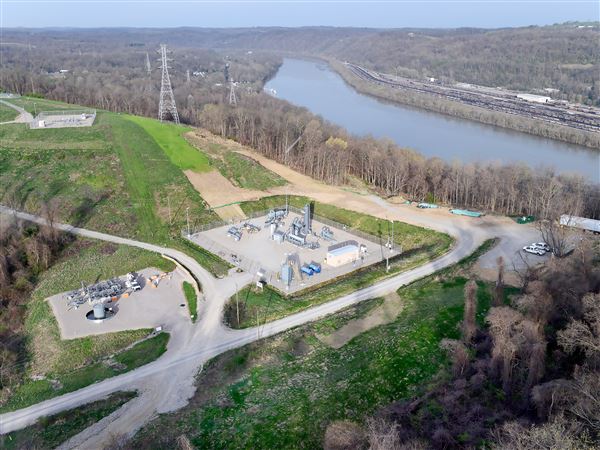A new law in Pennsylvania aimed at stemming the extension of the school year due to snow days and other cancellations will add more predictability to the school year, and that’s a good thing.
But districts should embrace the new latitude of “flexible instruction days” with caution and pre-planning.
Flexible instruction days allow students to work from home on days when a school district unexpectedly closes due to inclement weather or some other emergency.
A serious concern is access to technology — the link between the student and his teacher. Not every student — or even every educator — may have access to a computer or the internet.
School districts must apply to the state for the option of using flexibile instruction days and that application must outline how appropriate instruction in the home setting will be ensured. Smart.
Most school districts build a certain number of “snow days” into their annual calendars for 180 days of instruction. But it’s guesswork. Erring on the low side can result in the loss of scheduled vacation days or tacking on “makeup days” at the expected end of the school year. Vacations could be postponed. Graduation could be delayed. The start of summer jobs could be jeopardized. This is problematic for everyone.
So flexible instruction days make sense — in the right circumstances. The right circumstances involve access to the internet and to a technology device.
While that kind of consideration is weighed in the application process, districts must have a policy in place that prevents students from being penalized for some unanticipated problem in completing assignments from home: an internet outage or a broken device, for example.
Flexible instruction days are a fine alternative to onerous adjustments to the advertised school calendar provided there is similar flexibility in dealing with students who may have problems that arise from a school district’s use of those days.
First Published: September 17, 2019, 10:15 a.m.
















